Blockchain Upgrades Weekly: September’s Big Moves From Solana To 0G


In Brief
September saw a flurry of blockchain upgrades and launches, ranging from high-speed Solana finality and Arbitrum’s multi-language smart contracts to quiet but critical infrastructure improvements.

September didn’t give us much time to breathe, did it? Instead of easing into autumn, the blockchain space hit us with one of those months where nearly every major network seemed to either launch something shiny or overhaul its insides. And while some of these upgrades scream hype, others are the kind that quietly reshape how things actually work — the unglamorous plumbing that nobody tweets about but everyone eventually benefits from.
Let’s sit down and untangle what really mattered.
Solana — Alpenglow upgrade
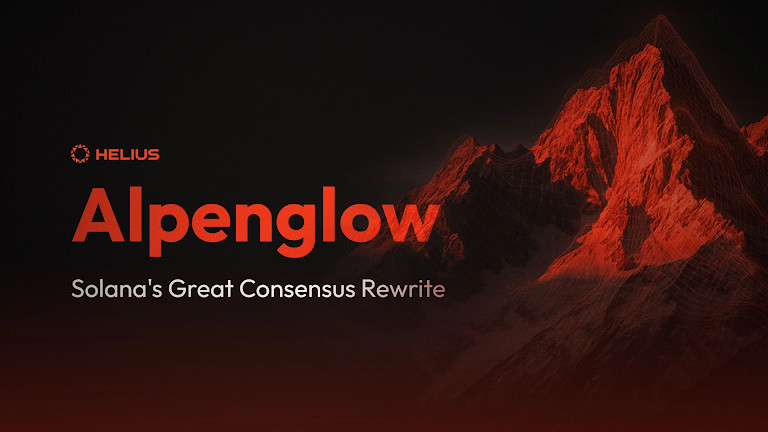
We’ve got to start with the obvious heavyweight this month. Solana’s Alpenglow is out, and it’s not as much of an upgrade as a full-on personality shift. Proof of History and Tower BFT — the very components that have defined Solana’s identity so far — are being phased out in favor of Votor and Rotor. Catchy names aside, what they promise is staggering: transaction finality in roughly 150 milliseconds.
Now, think about what that means. For traders running high-frequency bots, that’s essentially near parity with centralized exchanges. For gaming projects, it could mean truly fluid gameplay where blockchain logic doesn’t feel like a clunky add-on. But — and here’s the skeptical voice in the room — do we really need finality that fast? Most users can’t even perceive 12 seconds as a delay, let alone a fraction of one. So the question is: does Alpenglow turn Solana into a chain for specialized, high-speed use cases, or does it simply gild the lily? Either way, it’s one of the boldest architectural overhauls of the year, and that makes it impossible to ignore.
Arbitrum — Stylus on mainnet

Then we shift gears to Arbitrum. Stylus went live on mainnet, and though the upgrade is less flashy, it might end up more impactful in the long run. Solidity has always been Ethereum’s velvet rope — you want in, you learn it. But now? Rust, C, and C++ devs can deploy smart contracts directly on Arbitrum.
This is huge. Think of all the developers out there in Web2 land who’ve been building in Rust or C++ for years — suddenly, they can wade into Web3 without learning a brand-new language. Will they actually come? That’s the open question. Culture shock is real, and Solidity devs still dominate the landscape. But the mere possibility of lowering that barrier means Arbitrum could become the place where Web2 meets Web3 in practice. Arbitrum is basically betting on expanding the talent pool. And in a space that often suffers from echo-chamber thinking, that might be the smartest bet.
Starknet — version 0.14.0
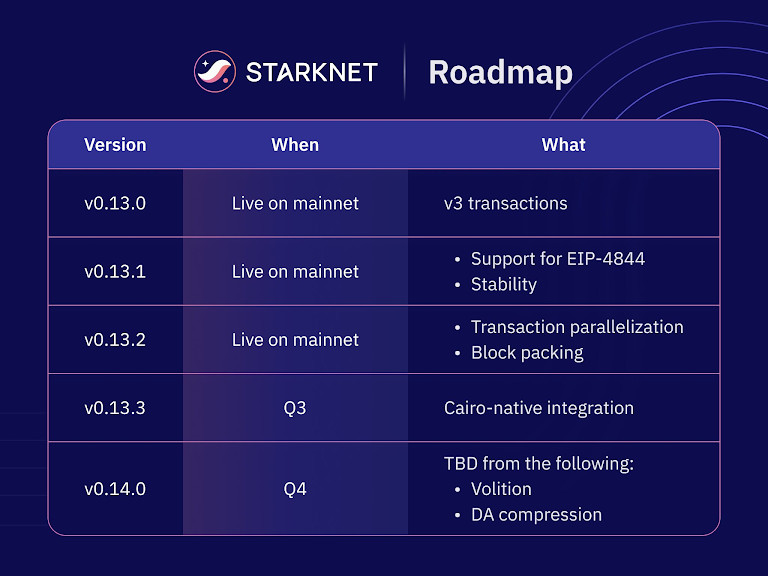
Starknet’s September move was quieter but practical: six-second block times, a new mempool, and a distributed sequencer. These sound technical — and they are — but in practice, it means fewer moments where you’re waiting, watching, and muttering “come on, confirm already.”
It also tackles one of the network’s lingering PR problems: being seen as clunky compared to other rollups. If they can smooth out that user experience, developers may finally stop making excuses for Starknet’s “potential” and start building without caveats. Still, here’s the lingering doubt: are six-second blocks enough to make users care, when rivals like Solana are boasting sub-second finality? Starknet isn’t really chasing speed records, but rather targeting stability and credibility. Sometimes, steady improvement is exactly what a rollup needs — even if it doesn’t grab the spotlight.
Stellar — Protocol 23 (Whisk)
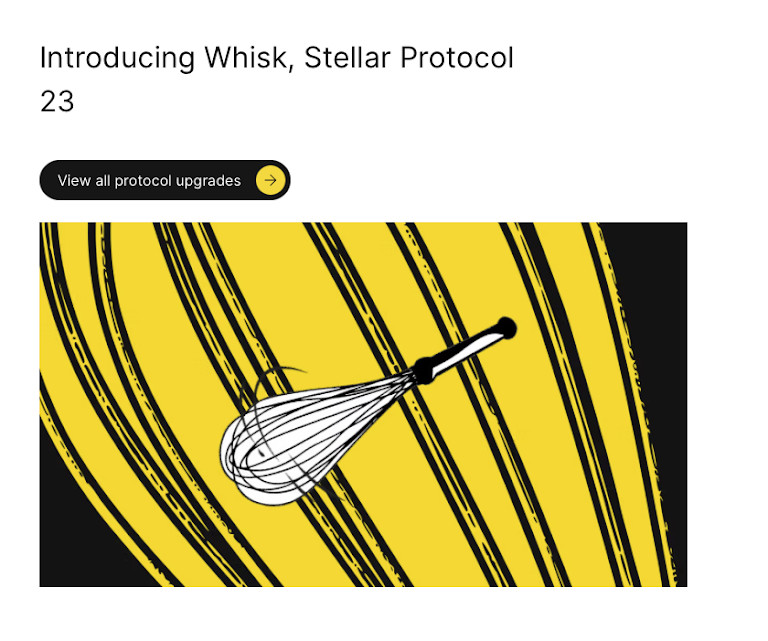
Stellar often feels like the quiet kid in the corner: reliable, polite, but rarely the center of the conversation. And then Protocol 23 landed. Suddenly, exchanges like Upbit were pausing trading during the rollout, which tells you straight away — this is important.
Parallel transaction processing is the big deal here. Stellar can now handle more at once, smoothing the pathway for scale. Soroban smart contract optimizations are the cherry on top, making it easier for developers to deploy apps without worrying about hitting bottlenecks. What’s refreshing is that Stellar isn’t chasing trends like AI or gaming — it’s doubling down on payments, the thing it’s always been good at. The bigger question: is “being good at payments” enough to make noise in 2025, when everyone else is pitching futuristic visions? Maybe not, but this upgrade ensures Stellar is still in the running.
Hedera — v0.65
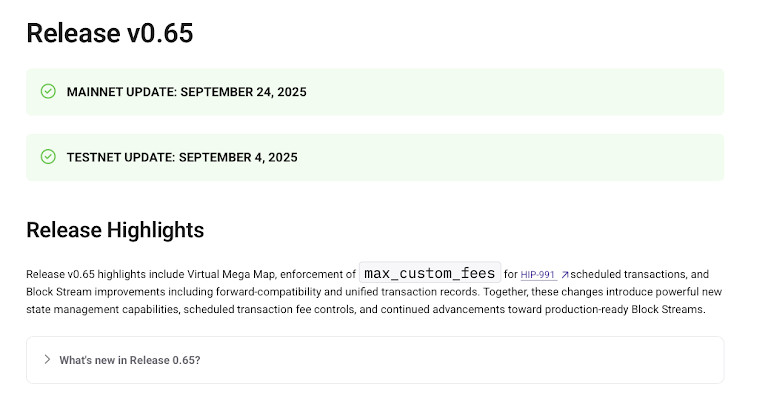
Hedera had its own turn with v0.65 at the end of September. Virtual Mega Map, refined fee schedules, smoother node performance — in short, the type of changes that enterprises clap politely for because they mean less friction behind the scenes.
Let’s be real: no one’s rushing to buy HBAR on the back of a Virtual Mega Map. But that’s Hedera’s brand — it doesn’t cater to hype cycles, it caters to businesses that want blockchain to work. If you think about it, someone in an enterprise IT department is probably relieved right now because Hedera shaved a few milliseconds off some process or reduced node crashes. Does that make headlines? No. But it does matter for adoption in the slow-and-steady corporate lane.
0G (Zero Gravity) — Aristotle mainnet launch

Now for the flashy one. 0G launched its Aristotle mainnet mid-month, and you couldn’t ask for a better combo of buzzwords: AI, modular chains, and immediate exchange listings. Storage, compute, inference — all spun off into their own dedicated chains. And the market loved it, pumping its cap past $1.2 billion almost overnight.
Here’s where I put my skeptical hat on: is this real infrastructure or just narrative chasing? Crypto has a track record of fusing itself to hot tech trends — remember the “metaverse” craze? But here’s the counterpoint: AI actually does need decentralized compute and storage in ways that centralized incumbents can’t or won’t always provide. So maybe 0G isn’t just hype. Maybe it’s the canary in the coal mine for where the next wave of demand is coming from. Either way, Aristotle’s launch shows just how hungry the market is for the AI + crypto marriage.
Plasma — mainnet beta
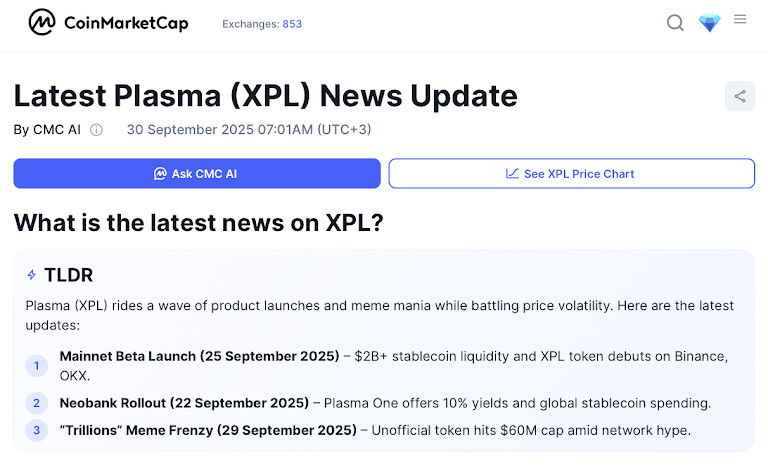
Plasma went live with a beta mainnet on September 25, conveniently timed with Korean Blockchain Week. And while most new L1 launches blur together these days, Plasma’s angle is clear: stablecoin payments.
That might not sound sexy, but think about it: stablecoins are already the lifeblood of crypto — trillions in annual transfer volume — and yet most blockchains treat them as just another token type. Plasma is basically saying: “Let’s build a whole chain for this one purpose.” It’s focused, almost minimalist. Will it take off? That depends entirely on whether users care enough about saving fractions of a cent on payments, and whether merchants actually adopt it. For now, it’s more of a seed than a headline, but seeds can sprout fast in this space.
Boundless — ZK compute marketplace on Base

And finally, Boundless. This one didn’t make retail chatter, but from an infrastructure standpoint, it’s actually fascinating. It’s a marketplace for zero-knowledge computation, running on Base. Imagine you’re a project that needs heavy computation — instead of burning cycles yourself, you outsource it to provers who run it off-chain and hand you back validity proofs. Incentivized by Proof-of-Verifiable-Work, no less.
It may feel nerdy, but integrations with Wormhole, Lido, and others show it’s not just theory. The question this raises is: how long before we take zk-based compute for granted, the same way we now take L2 rollups for granted? Boundless might be one of those launches that doesn’t look like much today, but a year from now we look back and go, “Ah, that’s when the groundwork was laid.”
So, what’s the takeaway?
September was a buffet of upgrades: some glamorous, some quietly essential, some speculative. And maybe that’s the healthiest sign yet — there is no single “direction” for blockchain anymore. Instead, we’ve got parallel bets being made on different futures. Will they all work? Definitely not. But the diversity itself is proof that the ecosystem isn’t slowing down; it’s widening out.
Disclaimer
In line with the Trust Project guidelines, please note that the information provided on this page is not intended to be and should not be interpreted as legal, tax, investment, financial, or any other form of advice. It is important to only invest what you can afford to lose and to seek independent financial advice if you have any doubts. For further information, we suggest referring to the terms and conditions as well as the help and support pages provided by the issuer or advertiser. MetaversePost is committed to accurate, unbiased reporting, but market conditions are subject to change without notice.
About The Author
Alisa, a dedicated journalist at the MPost, specializes in cryptocurrency, zero-knowledge proofs, investments, and the expansive realm of Web3. With a keen eye for emerging trends and technologies, she delivers comprehensive coverage to inform and engage readers in the ever-evolving landscape of digital finance.
More articles

Alisa, a dedicated journalist at the MPost, specializes in cryptocurrency, zero-knowledge proofs, investments, and the expansive realm of Web3. With a keen eye for emerging trends and technologies, she delivers comprehensive coverage to inform and engage readers in the ever-evolving landscape of digital finance.


















































